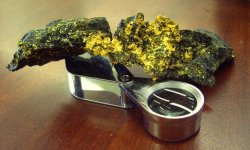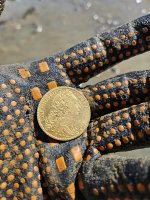OwenT
Hero Member
I just watch an old Jeff Williams video and he mentioned at one point that you'd want start panning if you find an area of basalt with green in it. Now I'm assuming he was referring to olivine but I've never heard of a gold deposit associated with basalt before and the presence of olivine wouldn't change much in that respect I don't think. Any ideas?
Upvote
0





